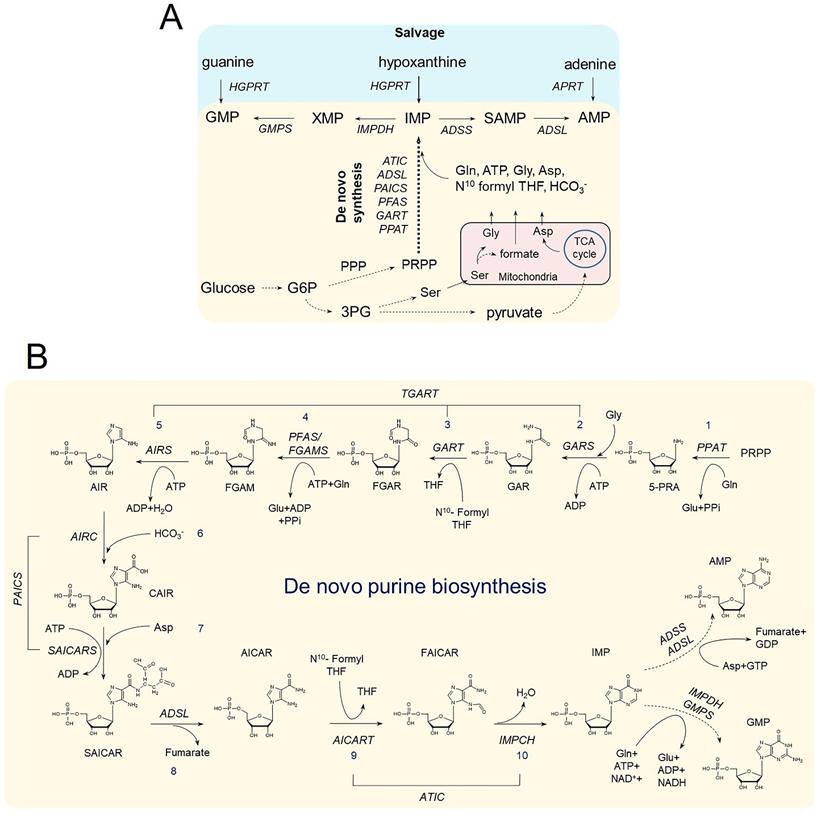Figure 1. Purine salvage and de novo purine biosynthesis (DNPB).

(A) Purines are regenerated either by salvage from the bases hypoxanthine, guanine, and adenine; or synthesized de novo from PRPP, utilizing building block substrates generated by other metabolic processes. Glucose metabolism generates- 1) Glucose-6-phosphate (G6P) that can generate PRPP via the pentose phosphate pathway (PPP); 2) 3-phosphoglycerate (3PG) that can generate Ser via the serine biosynthesis pathway; and 3) pyruvate that fuels the TCA cycle inside mitochondria, which in turn maintains a stable supply of aspartic acid. Conversion of Ser to Gly and formate is carried out inside mitochondria and requires the involvement of one carbon metabolism enzymes. Enzyme names are represented in italicized letters. (B) Schematic shows the step by step conversion of PRPP to AMP and GMP constituting the DNPB pathway. A cascade of 10 reactions catalyzed by the six DNPB enzymes produces IMP, which is either converted to AMP or GMP in two additional each way. It is an energy intensive pathway that requires three amino acids- Gly, Asp, Gln- and the cofactor N10-formyl tetrahydrofolate (N10- formyl THF). All the purine intermediate and enzyme acronym expansions are defined in the text.
